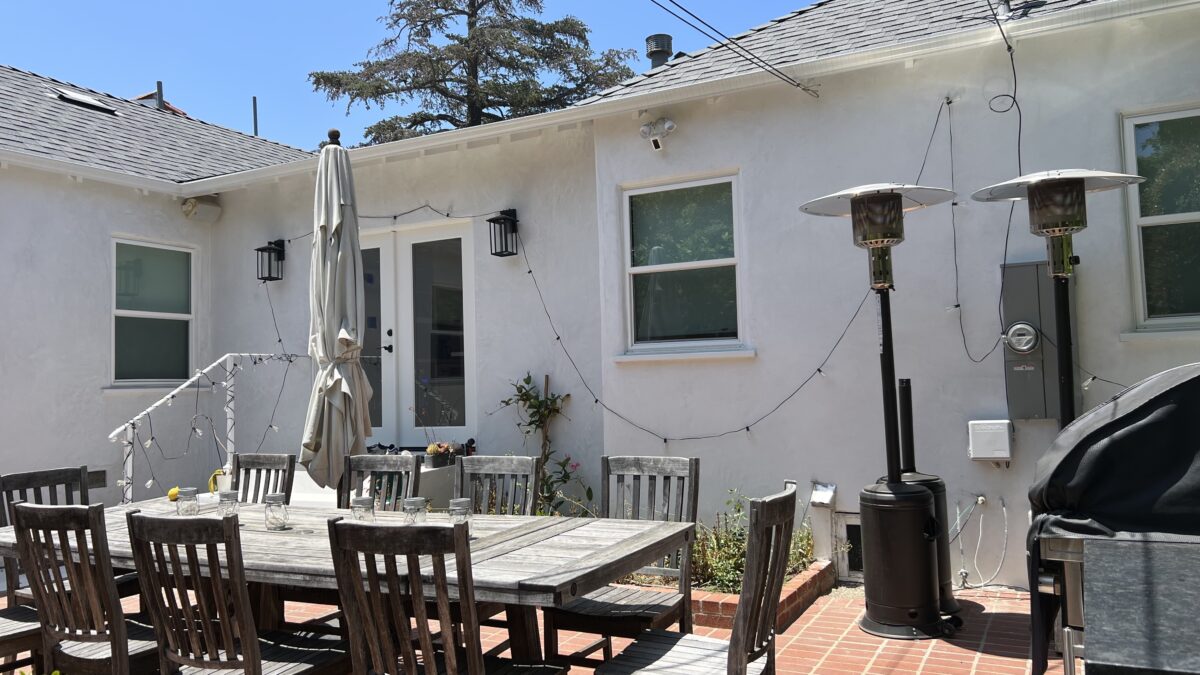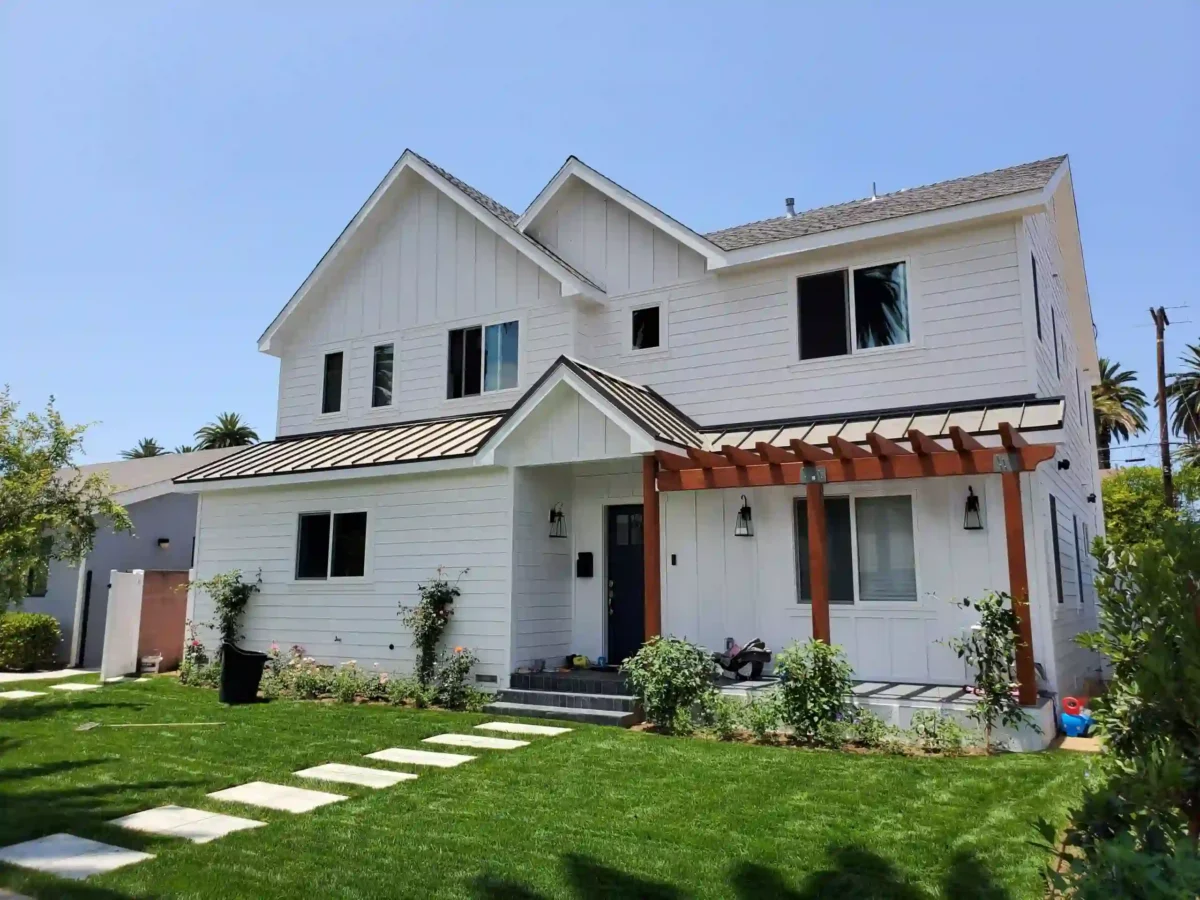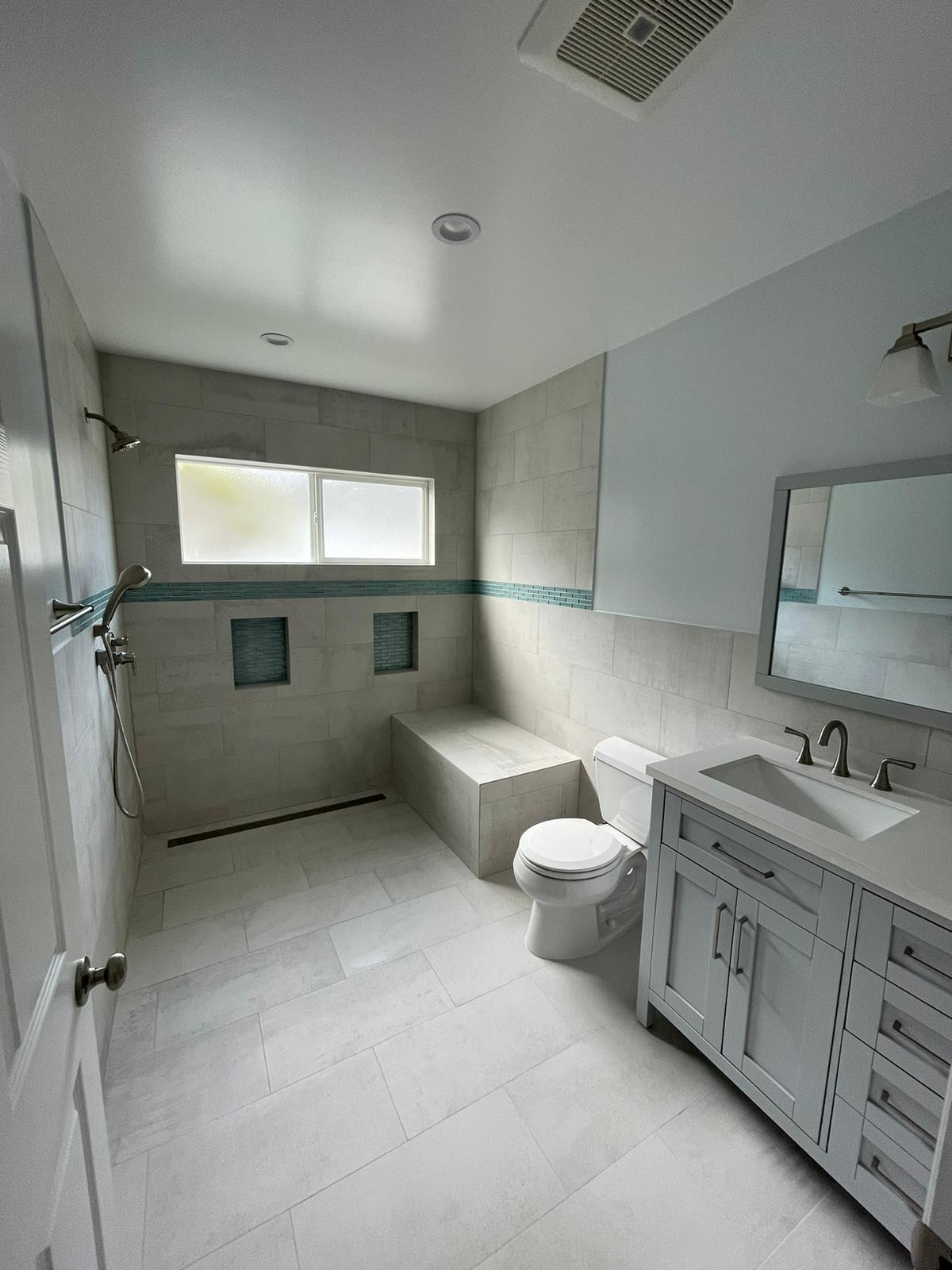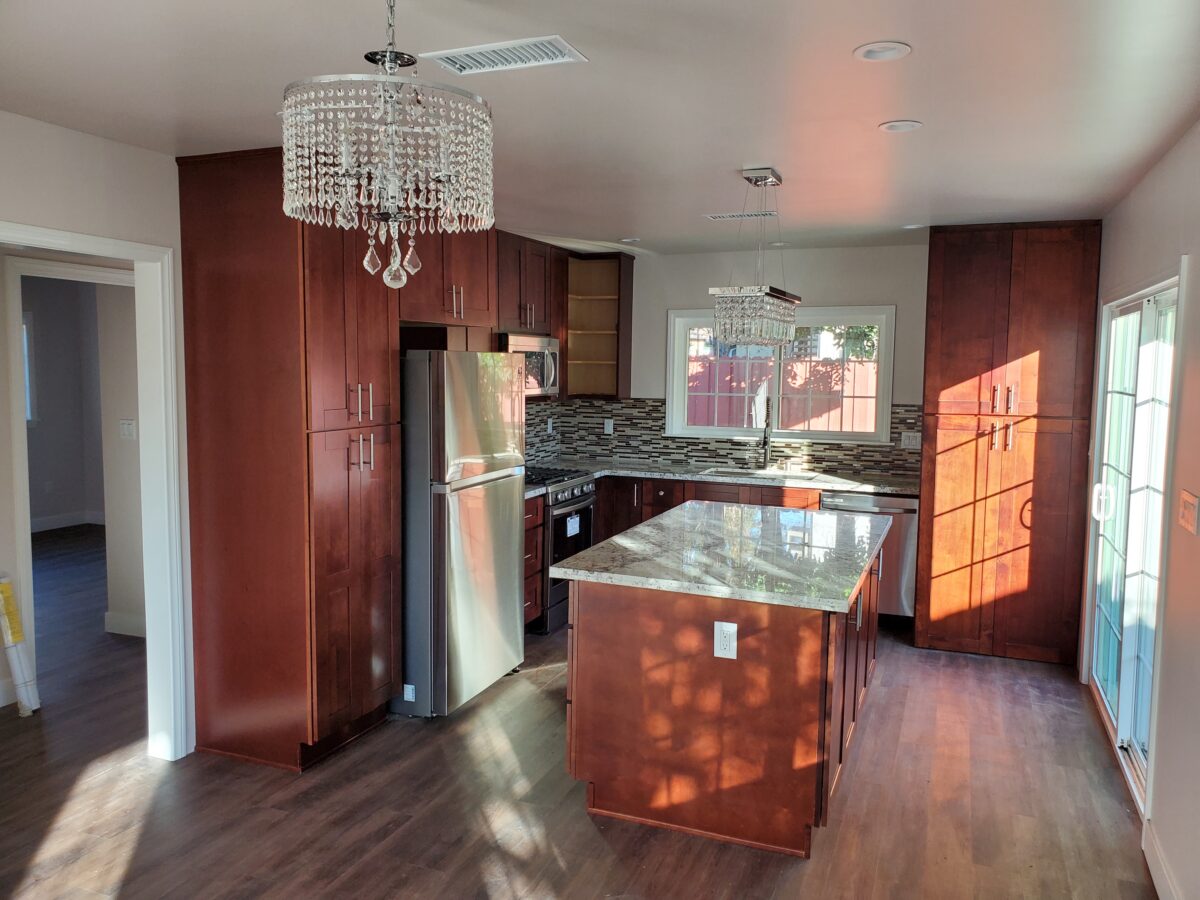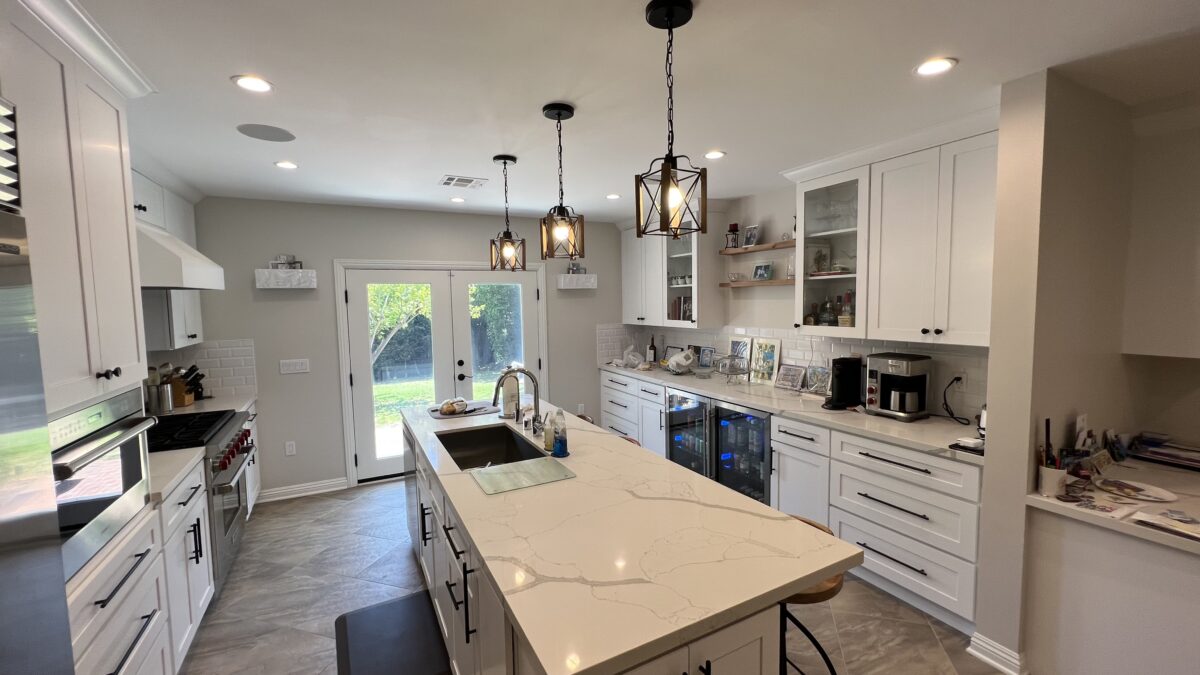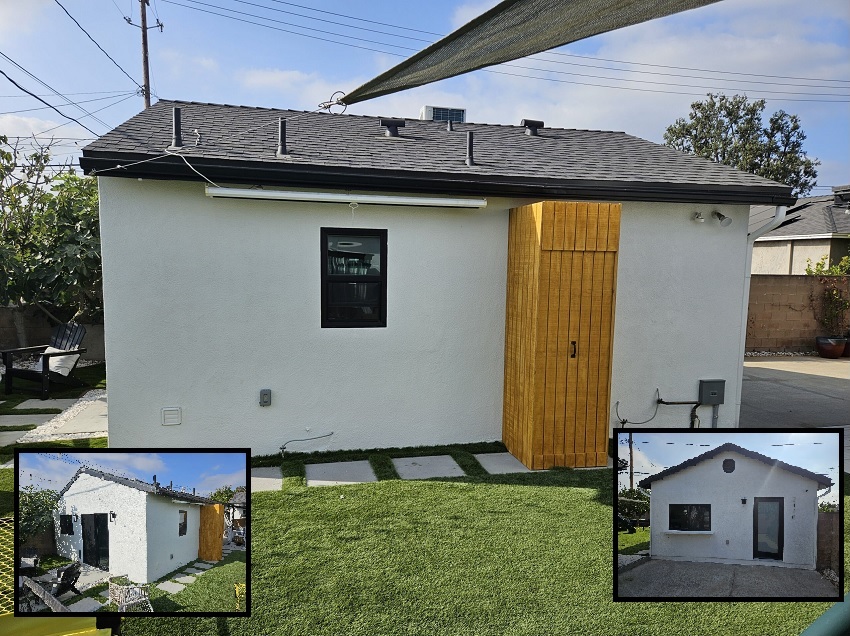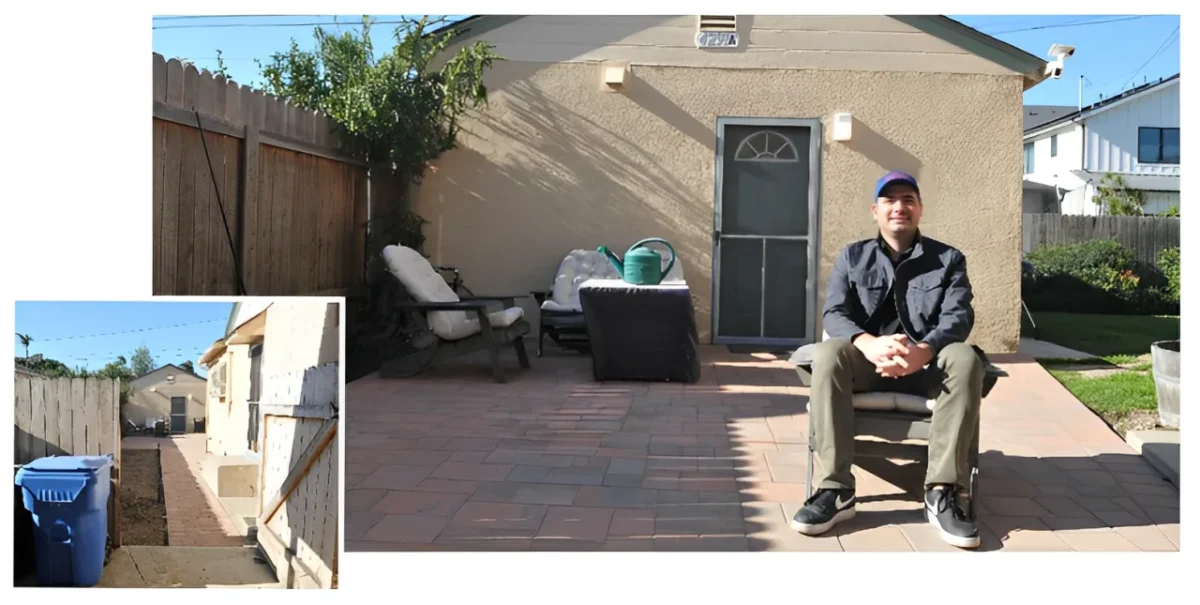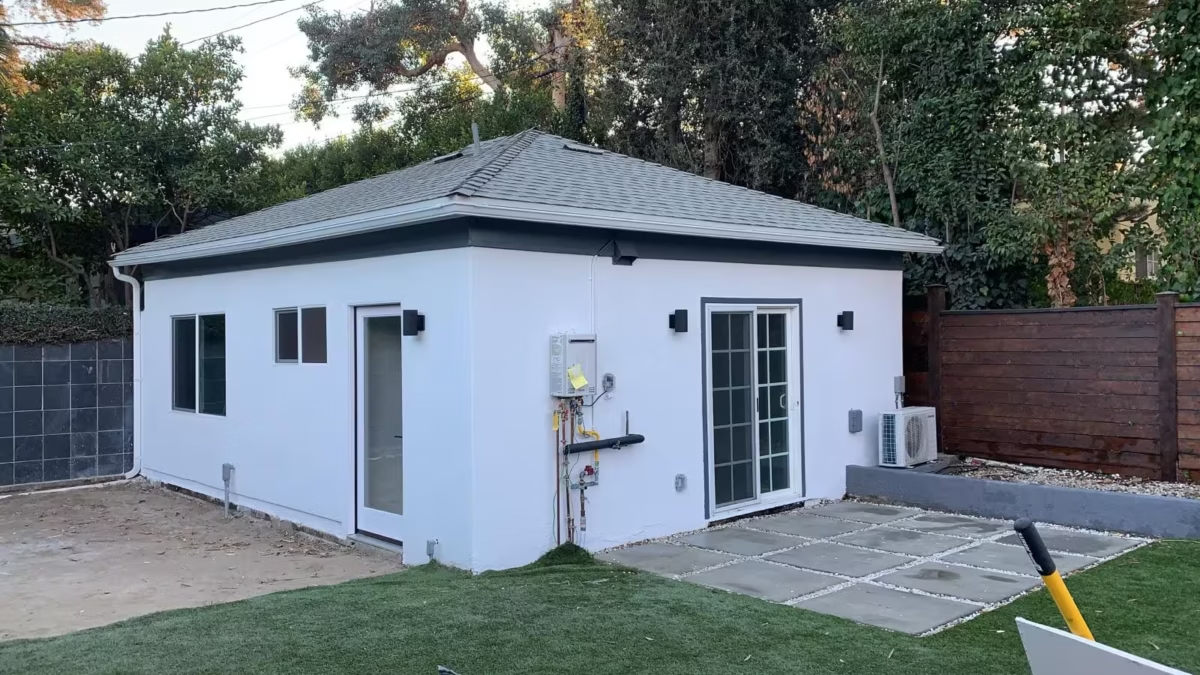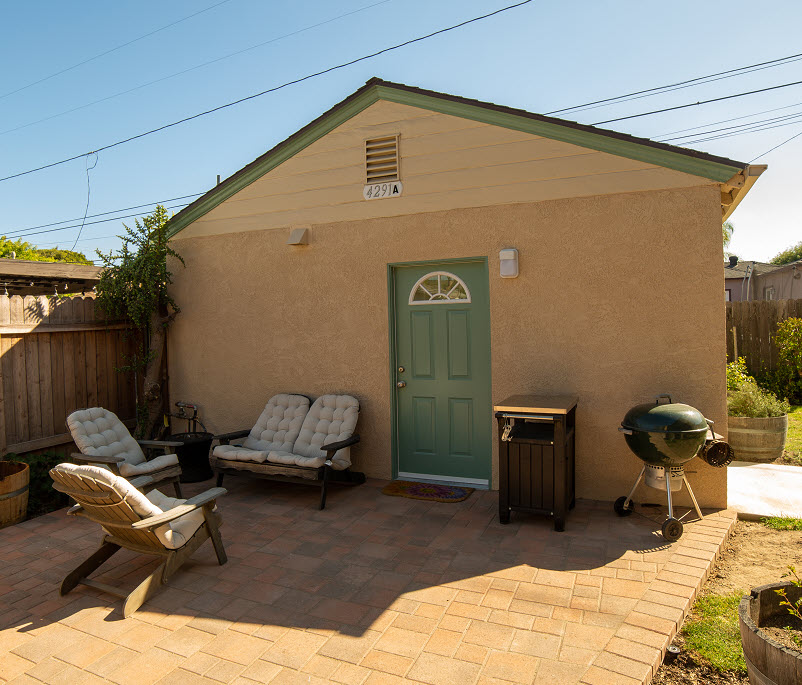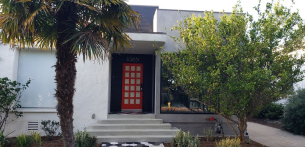Let’s admit that remodeling your home in Los Angeles is a big deal. Whether you feel tired of outdated spaces or dream of something fresh and functional, it is not just about choosing fancy countertops. It focuses on improving how your home feels, flows, and works for your lifestyle.
But here is what most people miss: they focus on just the kitchen or maybe the living room and forget about the other rooms that matter just as much, sometimes even more.
So, if you are hiring a home remodeling company in Los Angeles, this guide is for you. Here are the rooms you should not overlook when planning your next remodel.
6 Rooms Most LA Homeowners Miss When They Hire a Remodeling Company
1. Bathroom: Small Room, Huge Impact
It is where your day begins and ends, so why adjust with outdated tiles or lighting and ruin your me time?
A modern bathroom renovation can enhance the comfort and value of your home. This room can make a significant difference if you want a spa-like retreat or better storage. Consider adding walk-in showers, floating vanities, modern lighting, and space-saving layouts for mini LA homes.
If your bathroom feels cramped, cluttered, or just plain old, it is time for a change. Our local ome remodeling contractor can help you get the most out of every square inch.
2. Your Entryway: First Impressions Matter
The entryway is the first thing people notice when they walk in, but it is also the first thing you see every day without a break. A thoughtful remodel can turn that forgotten space into something stylish and practical.
Go for smart storage, built-in benches, upgraded lighting, and maybe a statement wall. A fresh coat of paint and better flooring can change the entire vibe of your home the moment someone walks in.
So, next time you remodel your place, make sure this space pops without going overboard.
3. The Laundry Room: You will Actually Love Using It
Nobody loves doing laundry, but that does not mean the room has to be dull or messy. A home remodeling company in Los Angeles can turn your laundry room into a clean, organized, and even stylish part of your home.
Add custom cabinets, countertop space for folding, modern tile, and sleek appliances. If you are tight on space, go for a stackable washer, dryer, and built-in shelves to get the most out of every inch.
In many LA homes, space is limited. That is why smart laundry room design matters more than you might think.
4. The Guest Bedroom: More Than Just Extra Space
Guest bedrooms usually become the catch-all for old furniture, storage bins, and anything else you do not know where to put. But with the right remodel, this room can be much more.
Think of it as a multi-purpose space. A guest room that doubles as a home gym, library, or even a mini art studio is practical and adds lifestyle value to your home.
A trusted Los Angeles home improvement team can help turn that extra room into something you will use and enjoy.
5. The Garage: Untapped Potential
If your garage is just holding old boxes and forgotten bikes, you are missing out on primary potential. Many Los Angeles homeowners are converting garages into home gyms, studios, extra bedrooms, or even income-generating ADUs.
Our licensed home remodeling company in Los Angeles can help with layout planning. The result is a fully functional space that adds value to your home and gives you more room to live.
6. The Dining Room: Make Meals Feel Special Again
The dining room often gets ignored in the age of kitchen islands and eat-in counters. But with a bit of love, it can become the heart of your home again.
Add custom lighting, bold color choices, and stylish furniture to create a space where people want to sit and eat. If you like hosting, consider a built-in bar or wine wall to add a little flair.
A skilled remodeler will know how to modernize your dining area without losing that cozy, welcoming feel.
It is Time to Rethink Your Home!
Remodeling is more than changing your home’s appearance. It is about changing how you live. These six rooms can completely reshape your daily routine and how much you enjoy your space.
So, if you are ready to love your home again, reach out to our trusted local home remodeling company in Los Angeles and start building your vision today. We believe you deserve a home that works better, feels better, and lives better. Explore our portfolio for more design inspiration!

